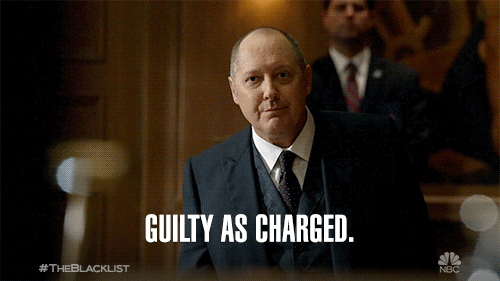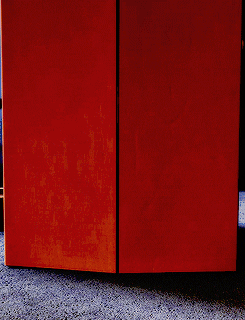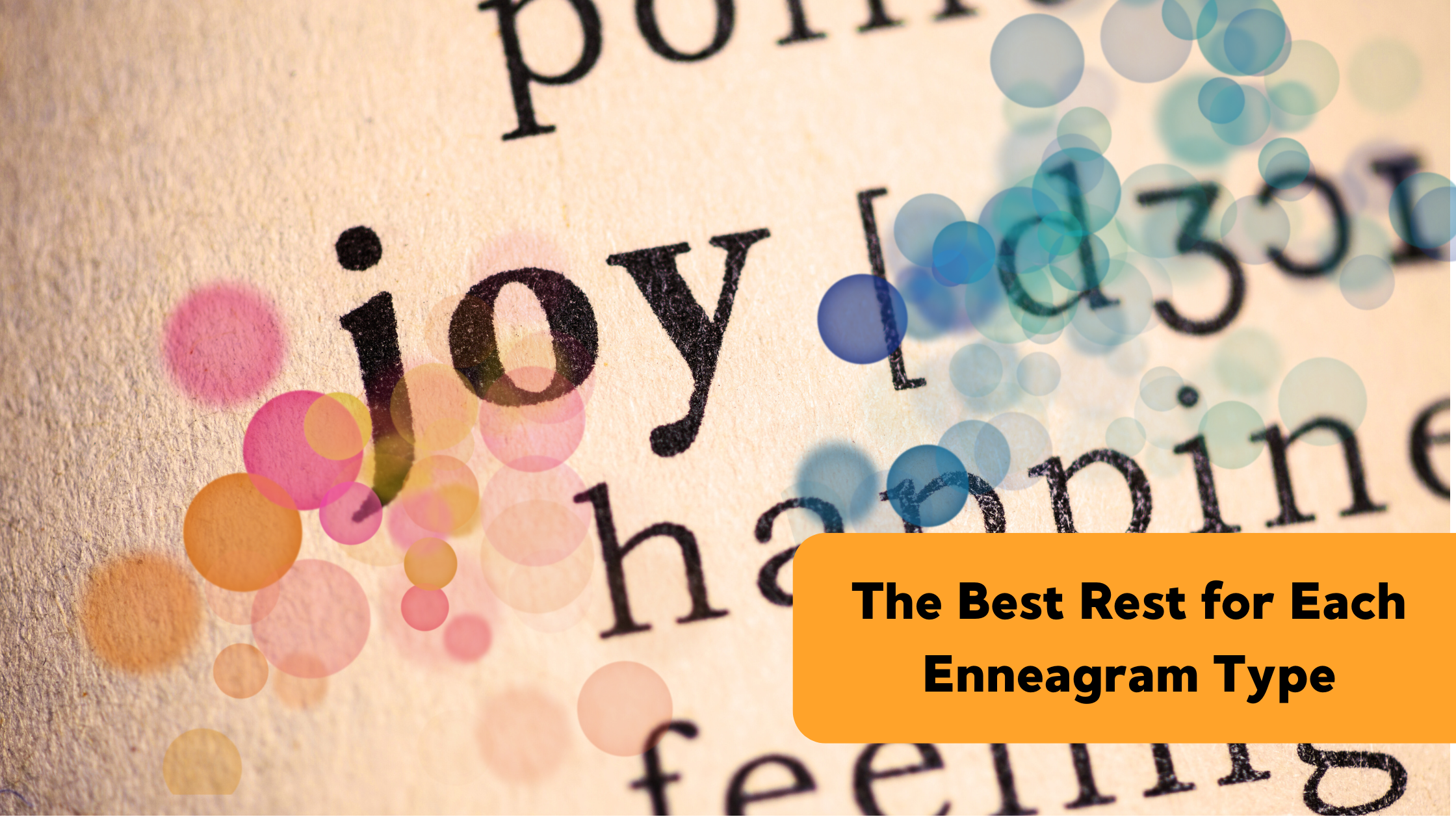“If I was awake, I should be doing,” Erika Biddix said on last week’s Joyosity™ podcast. “I made it through college on like four hours of sleep a night, and so then I brought that do do do into my corporate life.”
Can you relate? Most leaders have guilt around rest.

The “I’ll sleep when I’m dead” attitude didn’t begin with Bon Jovi or even Warren Zevon. We can blame Ben Franklin, but I’m sure he learned it from another. People since the dawn of time have been fighting the limited nature of our humanity.
I’ll forgo the long (but fascinating) history lesson, but the Industrial Revolution and modern American office culture set you up to not only ignore your limits but feel shame because you have them.
Rest isn’t a weakness. Rest is a weapon against life collapsing around you.
Before you jump to feeling guilty about not resting enough, let’s just stop that nonsense right now. You don’t need to fall into the ditch on the other side.
Rest isn’t a weakness. Rest is a weapon against life collapsing around you.
-Jenn Whitmer
Earlier, we talked about knowing the season you’re in. There are times of productivity and rest. Now, let’s identify what rest is (and isn’t), what rest looks like for different people, and how the right rest makes you a more effective leader.
What Rest Is and Isn’t
Rest is more than a nap or vacation. However, people who sleep 7-8 hours a night increase their productivity by 20%, and those who take all their PTO increase their productivity by up to 80%.
Rest is also more than recreation or entertainment. Have you ever said, “I need a vacation from my vacation”? Then you know rest is more than just doing something fun.
Rest is a physical and mental state when you feel safe, your sympathetic nervous system is not on alert, and you are replenishing your energy. As I’m working on my book, I keep coming back to three fundamental forms of rest: stillness, solitude, and silence. (We’ll talk more about what those three types look like in a bit.)

Enter Your Personality
Your personality is part of your character that develops so you can make sense of the world. The personality tool of the Enneagram shows us why we see the world the way we do. Why we think, feel, and act differently than others. So of course, your personality has a role in the way you rest.
In the Enneagram, there are types that make groups of three. The personality types in each group share the same core struggles, even though how they show up in the world looks very different!
And as I show you the rest for each group, you’re probably going to resist. Carl Jung says, “That which we need the most will be found where we least want to look.” As a leader, I’ve found over and over again that what I resist is the thing that opens the path to freedom.
Enneagram Body Group: Eights, Nines, Ones
You are the doers of the Enneagram. Because your group is tied to productivity and escape, stillness helps develop connection and belonging to yourself. Stillness is the practice of just being. This doesn’t mean meditating on the floor (though it can!) This is a deliberate settling and grounding of your mind and body. You can lay down the problems, recharge from the demands of others, and rest in the truth the world will not end without you.
Enneagram Heart Group: Twos, Threes, Fours
You are the emotional core of the Enneagram. You spend so much emotional energy trying to get validation from others, that solitude returns your identity without the gaze of others. Solitude is removing yourself from the presence of others to be with yourself. You can relax into feeling for yourself, trusting your authentic self, and the self-possession that produces even-temperedness.
Enneagram Head Group: Fives, Sixes, Sevens
You are the thinkers of the Enneagram. You are gathering information all the time. Data, Context, Ideas. Silence brings room for your own thoughts. Silence is the quieting of generated sounds so you can listen to yourself. You can engage in being safe in the world, deal with the anxieties you cover up with input, and bravely release outcomes out of your control.
In the Real World
Listen, I imagine you’re scoffing a bit. Silence? Solitude? Stillness? I’m not a monk on a mountainside, Jenn. It’s true. So, how do you rest in the midst of the demands of life and leadership?
When I help coaching clients inside and outside of organizations, this is one of the most important things we do. Create realistic ways to rest. The best way is to start small, commit to consistency, and give it time.
Body Group Stillness: Go outside. Stand with a cup of coffee on your deck. Walk in a park. Sit in the chair away from the chaos of your home. Sit in the car in the garage. Take an affirmation, a scripture, or beads meditate in the stillness. Start with 90 seconds to belong to yourself.
Heart Group Solitude: Go for a walk. Take a drive. Do a float tank. Read a book. But whatever you do, SCHEDULE it and block it on your calendar (don’t answer that phone). Start with 15 minutes to validate yourself.
Head Group Silence: Turn off the car radio, the shower speaker, the constant hum of TV, Spotify, children asking questions, YouTube, Teams messages, whatever. Do the dishes, fold laundry, do a puzzle, or get a journal and empty your thoughts. Start with 5 minutes of silence to be safe with yourself.
Erika, who is in the Heart Group, has learned to help herself as much as she helps others. Naps have been the way forward for her! She doesn’t have to help someone else to have an identity. And her business and leadership are better because of it.
You don’t need to earn rest. But you will have to choose it, and sometimes fight for it. Often, you need some help to get rest. If you want some help, just comment below.

COMMENTs:
0